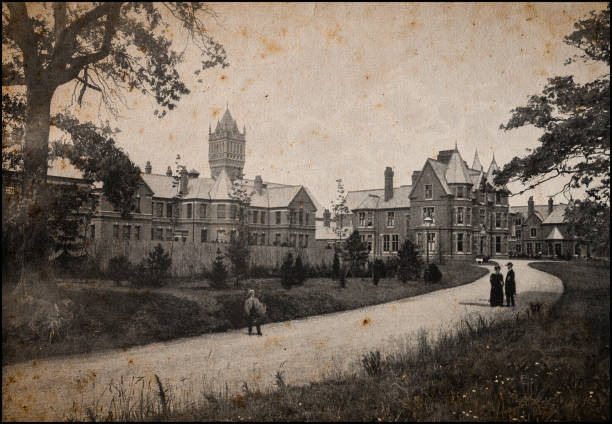
The Victorian era (roughly 1837–1901) saw a massive shift in how society dealt with mental illness, moving from parish workhouses and private madhouses to the development of county asylums. These institutions were built with the intention of providing humane care and even cures for the "insane," reflecting a growing belief that mental illness was treatable.
However, this hopeful vision often clashed with reality. As the Victorian population grew, so did the number of patients, leading to severe overcrowding in many asylums. This made the individualized attention and therapeutic work of 'moral treatment' increasingly difficult to maintain.
In the later Victorian period, conditions worsened in many institutions, and the focus shifted more toward custodial care rather than active cure. Staff-to-patient ratios were often low, leading to overworked nurses and neglect.
Treatments could be experimental and often ineffective by modern standards, ranging from hydrotherapy (using hot and cold water) and purgatives to opium and, later, electric shock therapy. While physical restraint was theoretically discouraged, it was sometimes used, particularly chemical restraint through heavy sedation.
Victorian asylums are a complex part of history. They represent a significant, though flawed, attempt to institutionalize care for the mentally ill, separating them from the criminal justice and poor-relief systems. While they often failed to live up to their utopian ideals, they laid the groundwork for modern psychiatry. Many of these imposing structures still stand today, reminders of a time when society sought to confine and cure the troubled minds behind high, protective walls.
#insaneasylum #madness #Victorianasylums #insanity #lunacy
Add comment
Comments